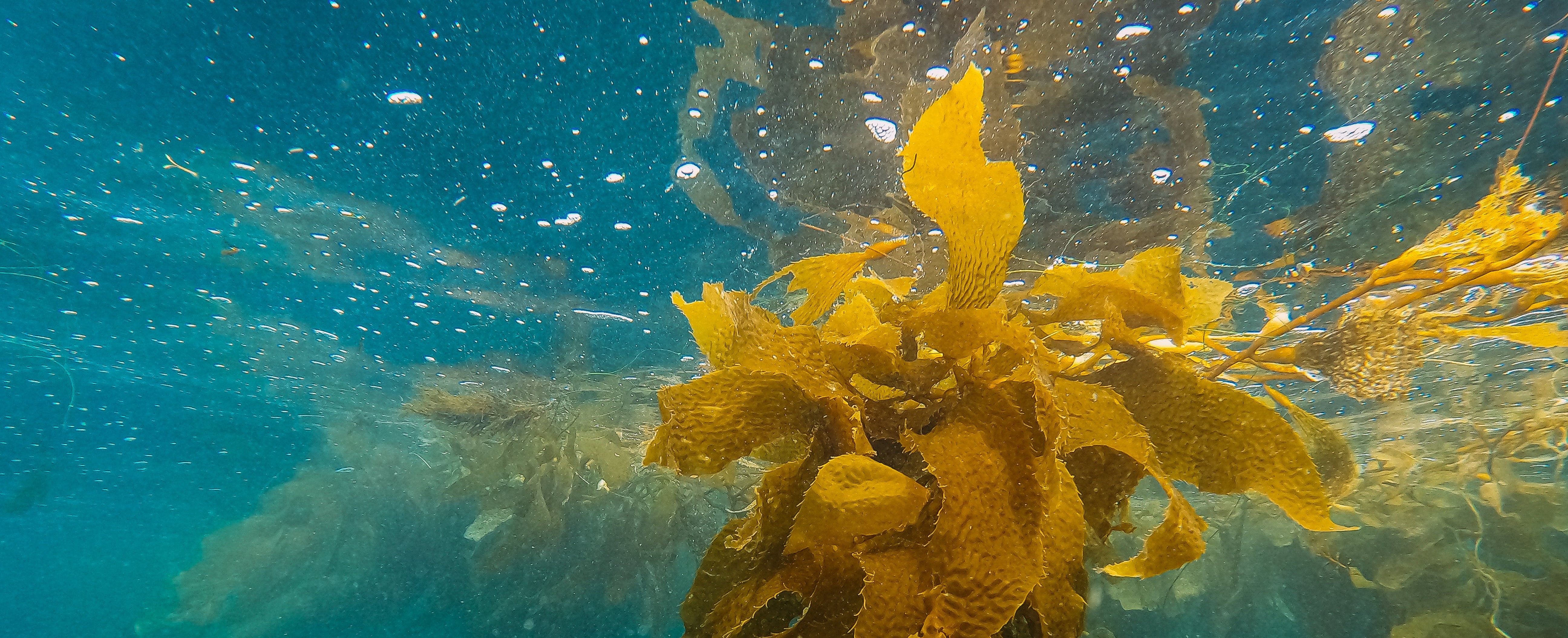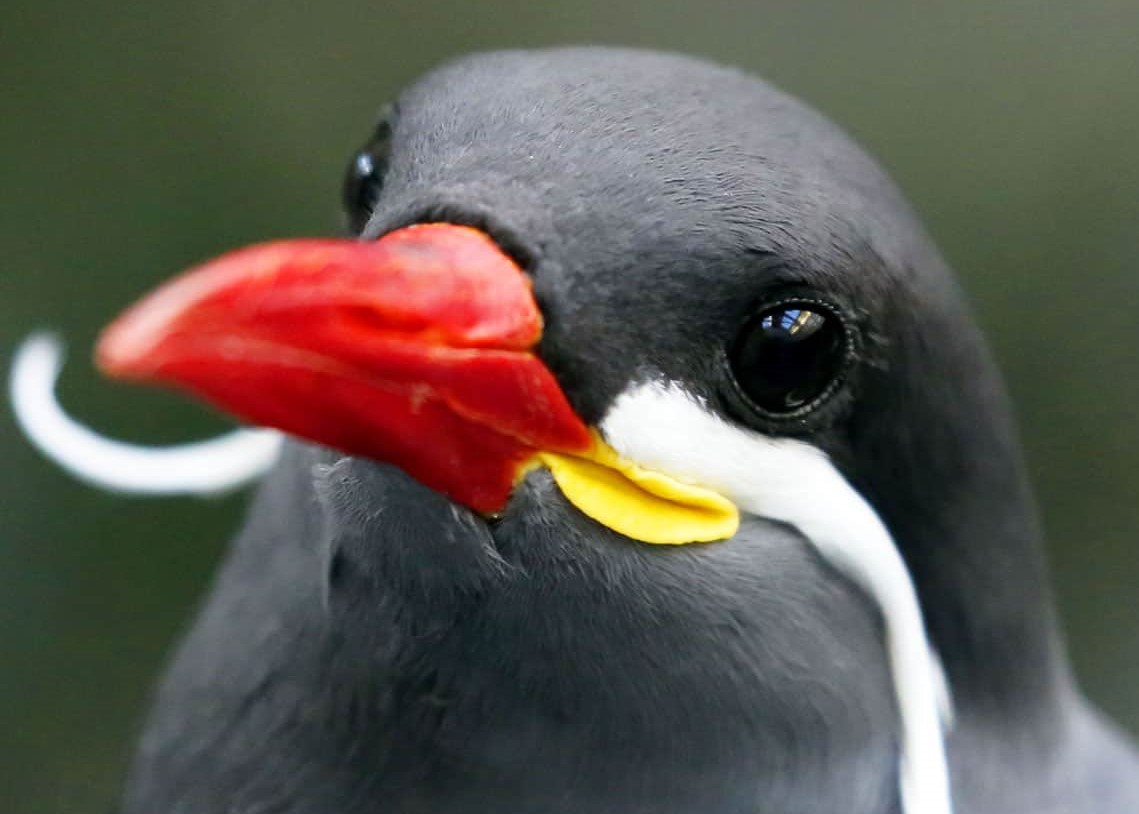Ocean centipedes are a small insect that burrows in sands below shallow water.
Anatomy
Ocean centipedes have a hard shell with softer insides. Their bodies are separated into multiple somewhat oval-shaped segments, each with two legs. Typically, males have around ten segments, while females have fourteen. Other than the first two of these segments, however, the ocean centipede is able to lose their segments safely and regrow them later. The two exceptions, the head segment and the primary body segment, the latter containing the species' vital organs, are the species' main weak point. To disguise which side of them is the head, their last segment has two markings on its back to decieve predators, to allow them to break away.
Ecology & Habitat
The ocean centipede is native to the
kelp forests. It feeds off of small urchins also found in their habitat, such as the
green urchin and
sun urchin. They are eaten by many of the larger animals of their biome, including the
blue rockfish. The
parrotseal likes to play with the centipedes, picking them up and throwing them around. However, the parrotseal does not usually eat them.
Behaviour & Psychology
Ocean centipedes live mostly on their own, with the exception of mating. A female bearing eggs will keep them in the third segment of her body, and as soon as they are ready to hatch, the youth will break free from the segment and kill their mother, eating the body for nutrients. Ocean centipedes are highly territorial, as well, so when two cross paths, it is unlikely for both to walk away. This also applies when mating: a female ocean centipede will eat a male after they have mated, to provide some additional nutrients for their now-growing eggs.






They are both creepy and cute. I always find creatures where the young eat the parent kind of creepy. The little eye markings on the butt are adorable though.